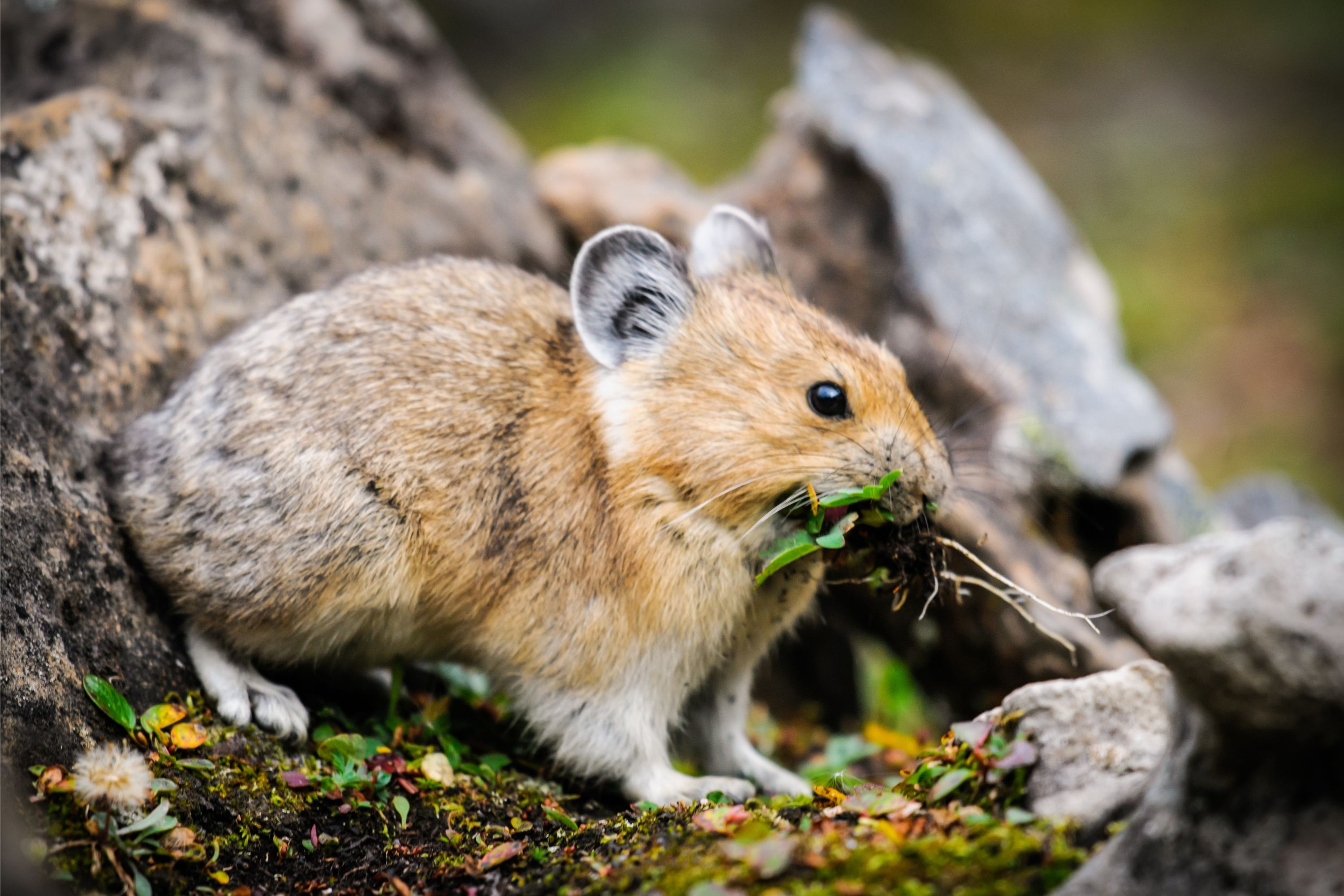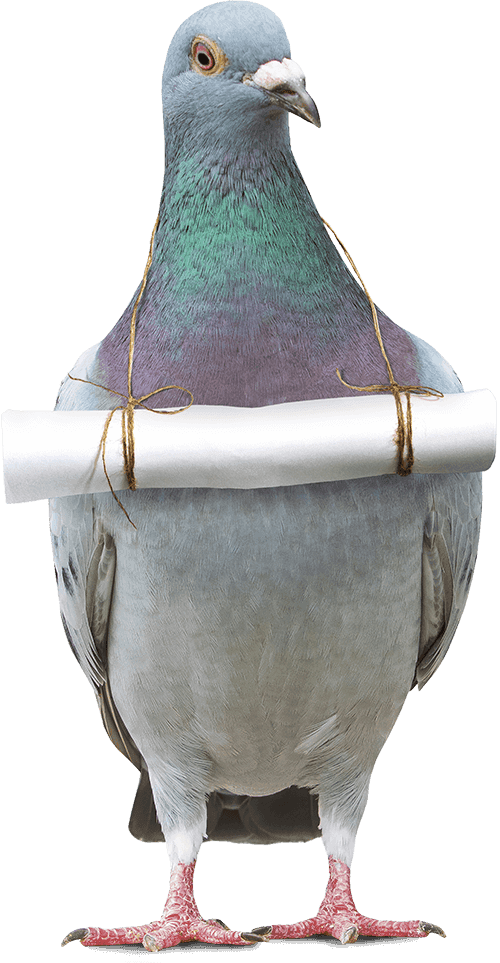American pika
(Ochotona princeps)

Description
The American pika (Ochotona princeps), a diurnal species of pika, is found in the mountains of western North America, usually in boulder fields at or above the tree line. They are herbivorous, smaller relatives of rabbits and hares. Pikas have two different ways of foraging; they either directly consume food or they cache food in piles for the winter (haying). Pikas are vocal, using both calls and songs to warn when predators are nearby and during the breeding season. Predators of the pika include eagles, hawks, coyotes, bobcats, foxes, and weasels. Recent studies suggest some populations are declining due to habitat loss and global warming.They generally cannot tolerate temperatures above 25.5 °C (77.9 °F). Currently the American pika is considered a species of least concern. American pikas, known in the 19th century as "little Chief hares", have a small, round, ovate body. Their body lengths range from 162 to 216 mm (6.4 to 8.5 in). Their hind feet range from 25 to 35 mm (1–1½ in). They usually weigh about 170 g (6.0 oz). Body size can vary among populations. In populations with sexual dimorphism, males are slightly larger than females. The American pika is intermediate in size among pikas. The hind legs of the pika do not seem to be much longer than its front legs and its hind feet are relatively short when compared to most other lagomorphs. It has densely furred soles on its feet except for black pads at the ends of the toes. The ears are moderately large and suborbicular, and are hairy on both surfaces, normally dark with white margins. The pika's "buried" tail is longer relative to body size compared to other lagomorphs. It has a slightly rounded skull with a broad and flat preorbital region. The fur color of the pika is the same for both sexes, but varies by subspecies and season. The dorsal fur of the pika ranges from grayish to cinnamon-brown, often colored with tawny or ochraceous hues, during the summer. During winter, the fur becomes grayer and longer. The dense underfur is usually slate gray- or lead-colored. It also has whitish ventral fur. Males are called bucks and females are called does like rabbits.
Taxonomic tree:







